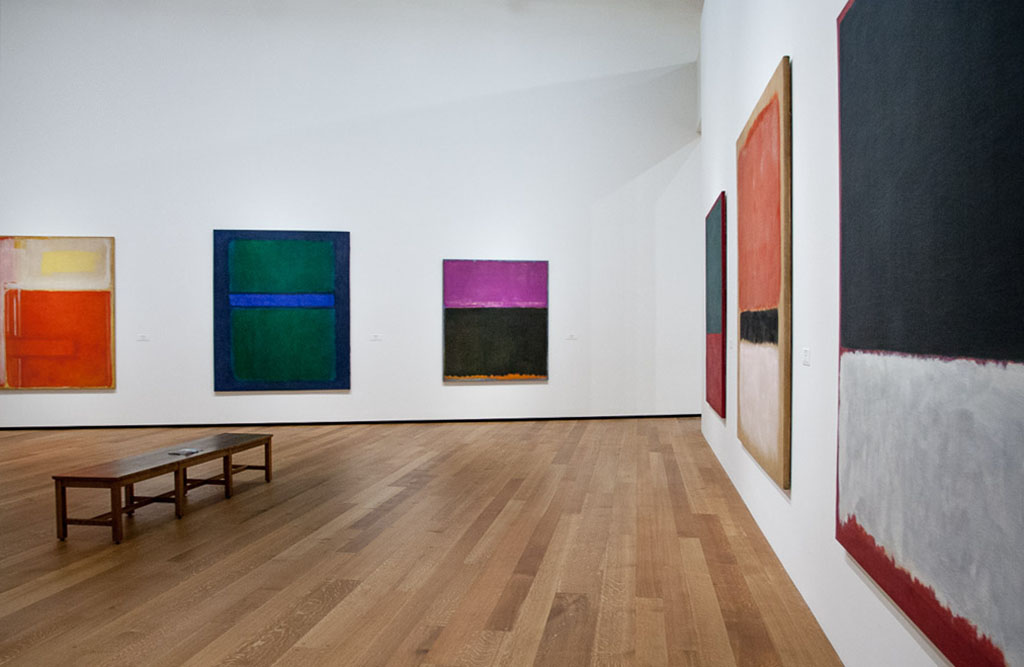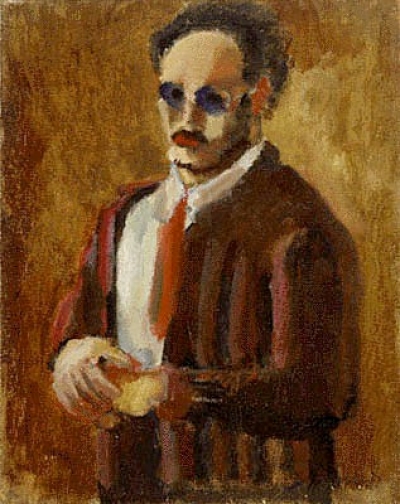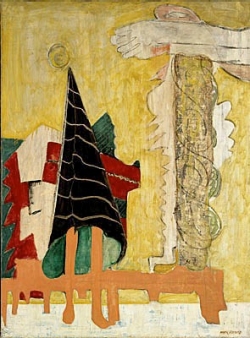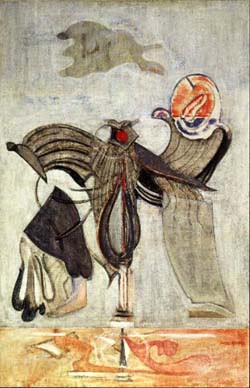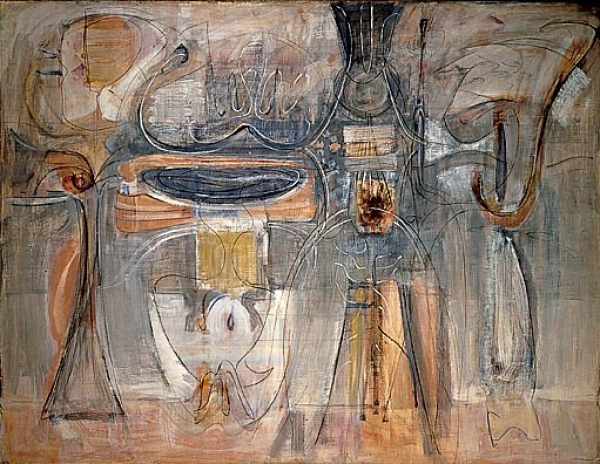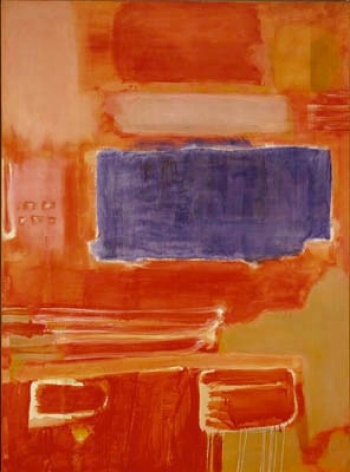1900s – 1930s
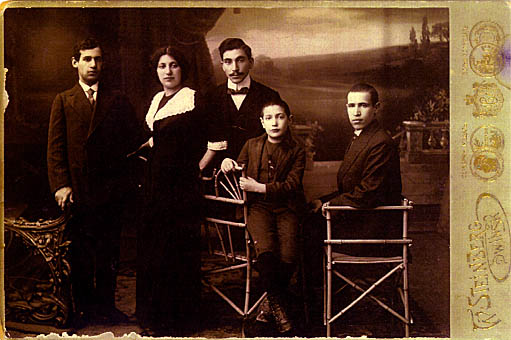
Family portrait taken in Dvinsk. From the left: Albert and Sonia Rothkowitz, a first cousin, and Marcus and Moise Rothkowitz, c. 1912, courtesy Kenneth Rabin
Rothko attended Yale University in 1921, where he studied English, French, European history, elementary mathematics, physics, biology, economics, the history of philosophy, and general psychology. His initial intention was to become an engineer or an attorney. Rothko gave up his studies in the fall of 1923 and moved to New York City.
